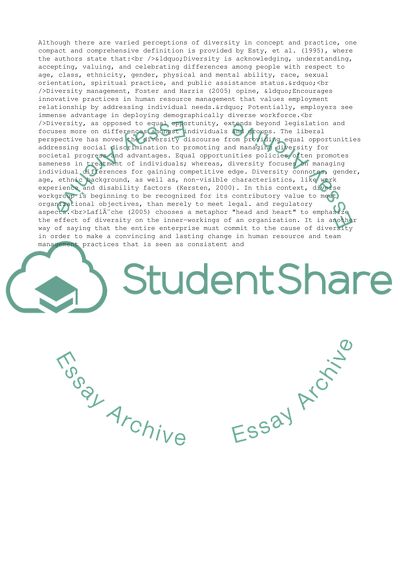Cite this document
(“Equality and Diversity Policies Essay Example | Topics and Well Written Essays - 2250 words”, n.d.)
Retrieved from https://studentshare.org/management/1515513-equality-and-diversity-policies
Retrieved from https://studentshare.org/management/1515513-equality-and-diversity-policies
(Equality and Diversity Policies Essay Example | Topics and Well Written Essays - 2250 Words)
https://studentshare.org/management/1515513-equality-and-diversity-policies.
https://studentshare.org/management/1515513-equality-and-diversity-policies.
“Equality and Diversity Policies Essay Example | Topics and Well Written Essays - 2250 Words”, n.d. https://studentshare.org/management/1515513-equality-and-diversity-policies.


